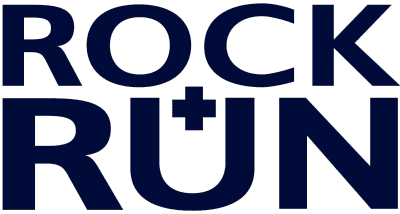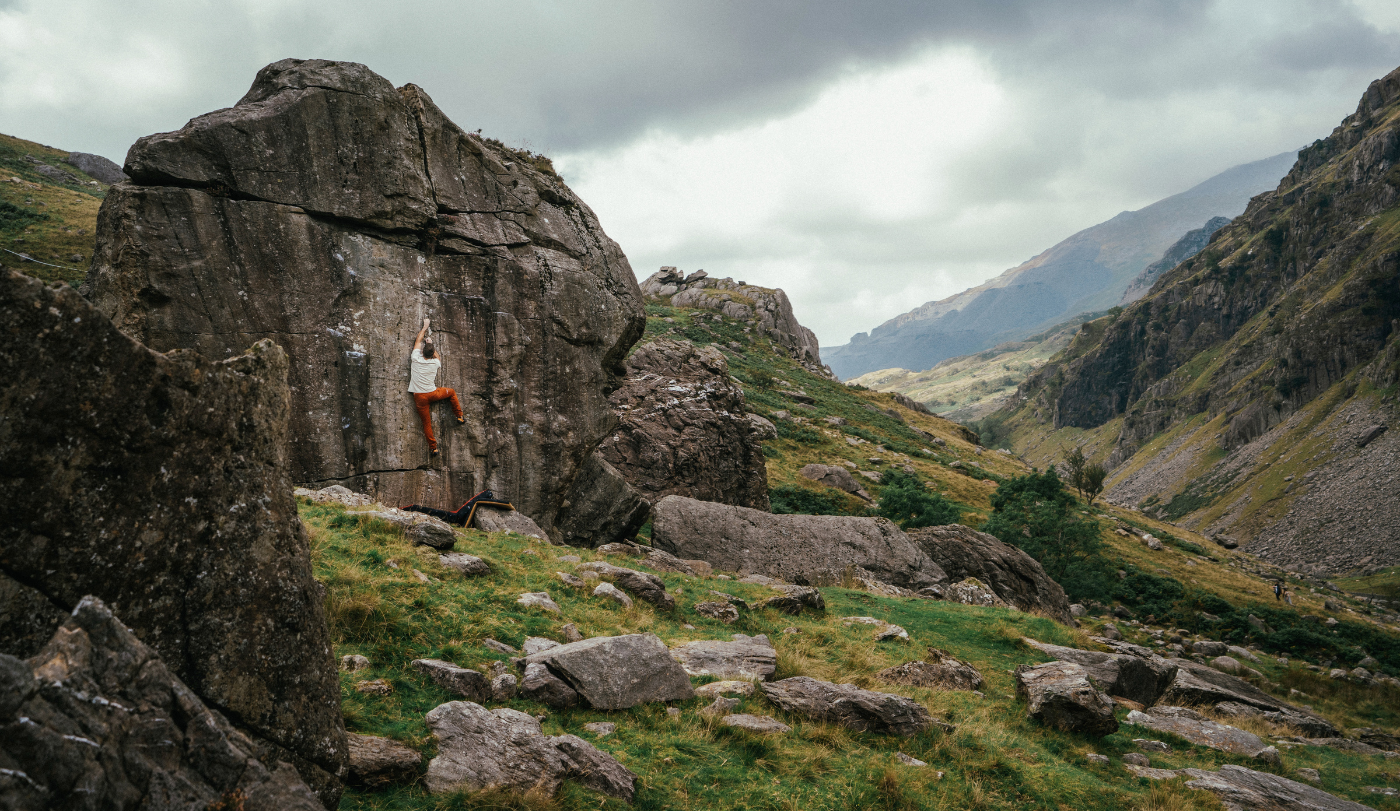
Overview
Geyikbayiri (Reindeer Hill) takes its name from the nearby village and is Turkey’s prized climbing area. The location offers a retreat from life, by surrounding yourself with beautiful scenery, wildlife, fresh mountain air, climbers and cultures from all around the world, cheap and very tasty food and, most importantly, the chance to throw yourself on some of the most impressive limestone features in the world. In fact, the setting has a striking resemblance to the popular Spanish crag of Siurana. The main crag faces predominantly south and is almost a mile long, with over 600 routes, which generally follow good lines up impressive features. Most of the routes are single pitch, generally 20 - 35 metres in length, with a few mega routes reaching up to 50m. The steeper routes tend to follow tufas systems of all sizes, giving varied, three dimensional climbing and lots of opportunities to rest with foot hooks and knee bars. The less steep routes follow perfect grey/white limestone, on crimps and pockets, featuring delicate, technical and balancy moves. However, it is the routes through the highly impressive cave systems that are the most striking and offer something different to many other European venues.Best Time to Go and Conditions
Trust me when I say Antalya is NOT a summer venue! The main season is from early October till the end of April, although it can still be a bit warm at each end of the season. Throughout the day either shade or sun can often be found to suit both you and the conditions. It is also worth bearing in mind that December and January has the highest rainfall.Getting There
The nearest airport is Antalya (30km away) which is serviced by several budget operators. Flights can be found from most UK airports for around £120 to £250 return depending on when you go and who you fly with. Once at the airport you have several options: if you’re on a tight schedule or don’t mind splashing out, you’ll probably want to hire car. This can be sorted through the campsite before hand at a cost of €20 a day, or the usual means of on line booking and picking up from a vendor at the airport. A word of warning though, the roads are mental! So if this unnerves you, it may be worth booking a taxi transfer. Again, this can be sorted through the campsite, however, we found this company slightly cheaper: turkeytouristservices@gmail.com. Expect to pay around €35-40 each way.
Accessibility
Once here, the climbing is extremely accessible – falling within a 1 mile radius of the campgrounds. So if you choose to stay on the campsites you shouldn’t need a car, with all the sectors easily accessible by foot. There are easily enough routes in this one area to keep you occupied for a good few weeks, but if you feel a bout of wander-lust setting in, some of the coastal crags also featured in the guide might fit the bill.Accommodation & Provisions
There is plenty of accommodation in and around Antalya, however if you want to keep car hire and travel costs to a minimum, there is pleasant, low cost accommodation below the crags of Geyikbayiri, in the form of small lodges and bungalows (€20-40 a night) or a campsite (€7 a night). Here you can also find up-to-date topos, basic climbing equipment and food and drink. See JoSiTo campground or Climbers Garden [see links below]. Guesthouse accommodation options are slightly more limited, however trebenna.com and www.antalyarockclimbing.com are both located in the village and offer good value rooms. Geyikbayiri is a small, quiet village selling a limited selection of fruit and basic food products. There isn't really much else on offer in the area, so making sure you're stocked up on essentials before you arrive is a good idea. The village of Pazar/Akdamar has an open air market daily with a larger Sunday market, and is about 10 minutes drive or 45 minutes walk (although it is very easy to hitch) down the valley from where the climbing is situated. There is a pleasant woodland path following the river from Trebenna to the village centre which is an ideal rest day activity. Whilst here I thoroughly recommend dining on some Gozleme (savoury pancakes) and Cay (tea), especially as this will only set you back around £1.50 each! There is also a small shack on the road below the main crags, in the direction of the village, which sells juicy tomatoes and bread as well as a few other basic items. The campsites offer meals (€5 for breakfast and €8 for dinner) which are by far the most convenient option for the short term visitor. There are also a couple of restaurants within a 10/15 minute walk of the campgrounds. They both serve simple yet excellent food at an unbelievably cheap price. My personal preference was the restaurant up the road, with a choice of “chicken or fish”, so choose your protein wisely!Guidebook
Geyikbayiri is covered in detail in the 2009 “Rock Climbing Guide to Antalya” (available here). With plenty of travel info, inspiring action shots, clear topos and easy to use maps; the guide is one of the most interest-grabbing guides I've used, in recent years. An updated version is due out shortly, with a further 200 routes. Until then, photocopies of the more recent routes are available for free at JoSiTo and a new routes list at Climbers Garden.
 Grade Spread and Recommended Routes
Grade Spread and Recommended Routes
Due to the vast amount of quality routes right through the grades, Geyikbayiri would make an ideal destination for a mixed ability group. Routes start from around f4, but the main concentration of routes are in the f5c to f8b range, Homeward Bound, 7cwith the hardest route being 8c/+. If you operate in the mid to high 7’s the steep tufa lines are a dream, with more than enough to keep the strong happy for a good couple of weeks. In my opinion, the grades are still very hit and miss here, with some feeling desperate and others a gift. My route recommendations would be: Havensgate 5a, Nirvana 6a+, Eclipse L2 6c+, Sucker Punched L1 7a, Amele 7a+, Black Moon 7b+, Skyline 7c, Homeward Bound 7c, Pumping on Big Mother’s Breasts 7c+/8a, Ikaras 8a+, Drop City 8b+.
A Few Things You Didn’t Read in the Brochure!
A couple of warnings before you book your stay: you may/will (whether you like it or not) adopt a dog(s) or cat(s) for your time in Geyikbayiri. They are friendly and harmless but the locals ask that you please do not feed them! And THE RIVER, despite the selectively taken photos you may have seen on the net, is also somewhat of a landfill site (no exaggeration)! However, if you walk a few minutes up (or down) stream you will find the more tempting pools to either dip your toes or take the plunge. Finally, watch out for the additional charges that rack up on your accommodation, for example kitchen fees (even if you just use the fridge to chill your water) and Wi-Fi charges.Helpful Lingo...
Being fairly isolated and away from the more touristy areas, some basic Turkish will help especially if you visit the local markets or intend on hitching. Geyikbayiri (Gay-ik-bi-ear) Hello – Merhaba (Mehr-hah-bah) Thank you – Tesekkur (Teh-Shek-uer) Please – Lutfen (Luet-fen) Goodbye – Hoscaklin (Hosh-cha-Kaluhn)General Tips
When you land in Turkey you will be required to buy a 90 day visa, you can pay in Euros or Sterling, but it is cheaper to pay in Sterling (£10).Not everyone needs a rope! Also bring out a mix of Euros and New Turkish Lira. Both will come in handy. The usual sport climbing equipment is required, 18+ quickdraws and a 70 or 80m rope would come in very handy for some of the longer routes (mainly 7c & above), although the standard 60m is sufficient for many. I would recommend taking plenty of chalk, tape and other essentials as climbing supplies are more expensive out here. It’s worth putting some time in training on pinches and pockets before your trip as many of the routes feature pockets and tufas!
To keep you occupied on your rest days, the sea is extremely inviting and roughly 20km away. If you don’t have a car it is also accessible by bus. For a more active rest, you can hire mountain bikes and explore routes through various woodland. It is also possible to hike up to 1715 meters above sea level to the summit of Geyik Sivrisi. I’ve been told this is about a ten hour round trip from the campsite which includes an 1100 meters of ascent. The Free Range Turkey Dispatch Series (video) really shows of the atmosphere, climbing, scenery and local traditions of the area and is well worth a watch.












